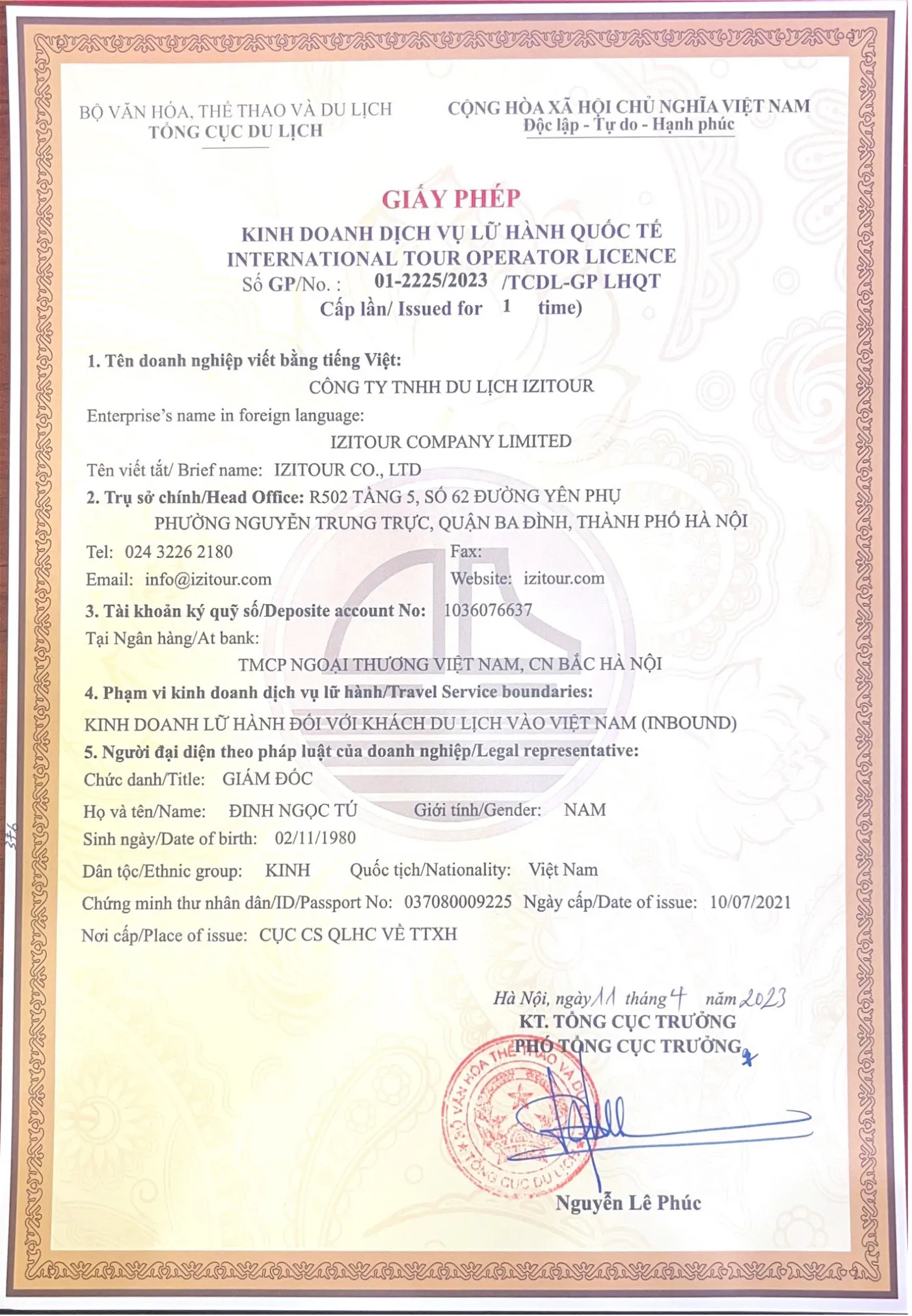Rice is deeply rooted in Vietnamese culture, playing a central role from the farms to the meals. Vietnam stands out as one of the world's leading rice producers and exporters, with rice farming being a key driver of its economy.
1. How did rice become the main food in Vietnam?
With good water supply from the Red River & Mekong River as well as yearly reasonable rainfalls, Vietnam is a perfect place to grow rice. Also, due to Vietnam’s geographical features, people can grow rice anywhere.
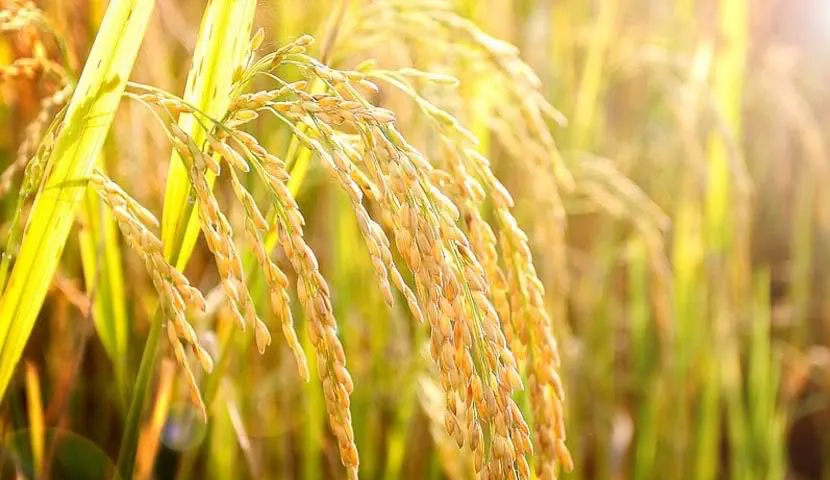
Rice's significance goes beyond economics; rice holds a special place in Vietnamese cuisine, festivals, and everyday existence. Vietnamese culture reveres rice, evident in its rituals, folklore, language, and culinary traditions.
2. Rice is the staple food of Vietnam
Vietnamese eat rice every day
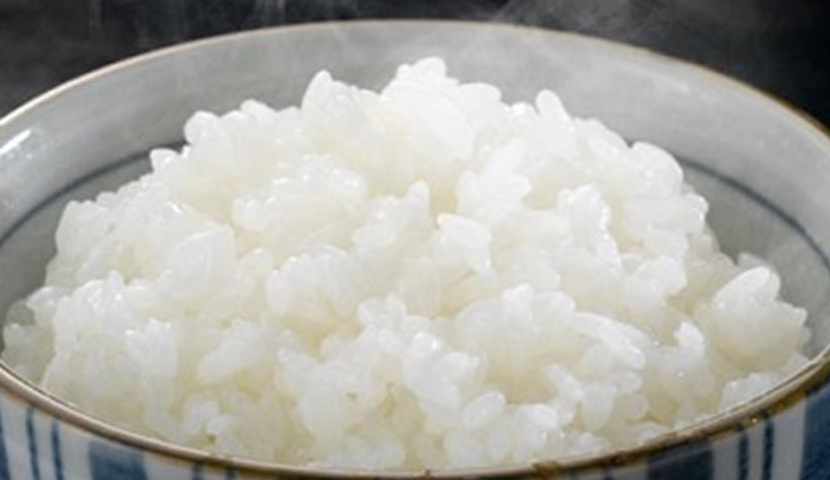
Cơm - the well-cooked rice is often eaten with other side dishes
For Vietnamese, rice is considered the cornerstone of daily food from breakfast to dinner, whether it's fragrant jasmine rice with savory dishes or sticky rice or breakfast porridge. But beyond that point, these “crops that feed the world” are also a big part of Vietnamese culture.
Rice is the core ingredient of Vietnamese cuisine
Vietnamese cuisine boasts an extensive range of dishes that utilize rice as their central ingredient. This culinary versatility showcases the creativity and adaptability of Vietnamese cooks in creating diverse and delectable dishes.
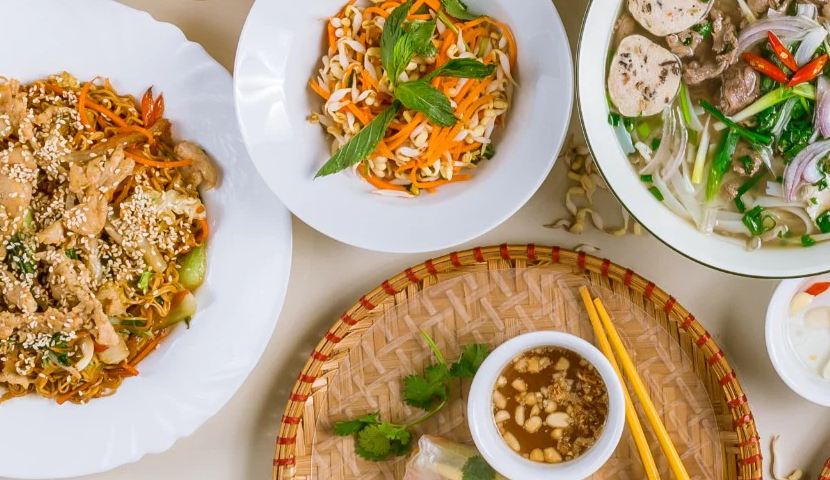
From main rice dishes in Vietnam like the iconic Pho or Com Tam (steamed broken rice) to many kinds of cakes such as Bun (rice vermicelli), Nem (rice paper), and a variety of Banh (rice cakes), all of which are integral to preparing dishes like Cha Gio (spring rolls), and Banh Xeo (sizzling Vietnamese crepe).
Rice wine and snacks
Rice is not just for main dish in Vietnam. It also finds its way into beverages and snacks.
A popular drink is rice wine, which is made by fermenting glutinous rice. What's unique about Vietnamese rice wine is that its recipe varies by region. Whether you're in the northern highlands or the southern Mekong Delta, you'll find distinct types of rice wine carrying unique scents, tastes, and cultural meanings.
In addition, rice can also be used to make various snacks in Vietnam. Vietnamese commonly call those rice-made cakes "Banh". Sweet and savory rice cakes are popularly used as snacks are Banh Gai, Banh Ran, Banh Giay, Banh Gio, Banh Da Lon, Banh Com, etc. These Banh have many flavors and textures, with ingredients like coconut, sesame, pork and even vegetables.
Rice is the symbol of Vietnamese festivals and ceremonies
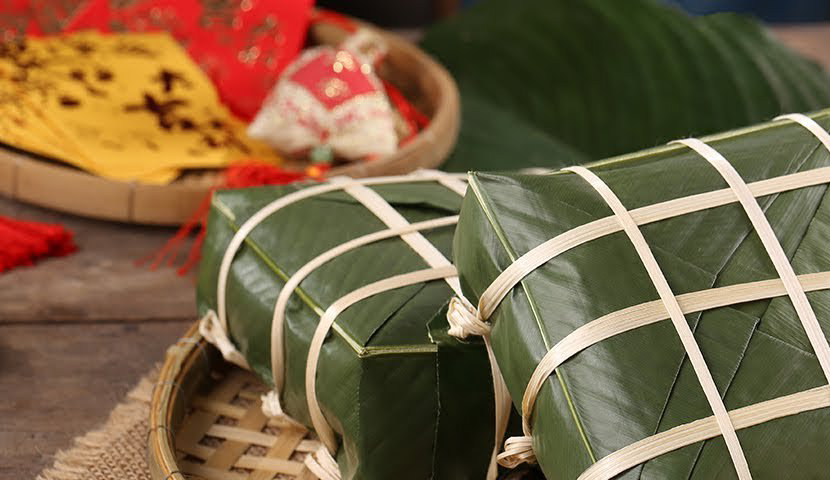
Banh Chung is an indispensable part of the Vietnamese Tet holiday
Rice is a big part of Vietnamese culture and is indispensable in traditional festivals and ceremonies. During Tet or the Lunar New Year celebration, they offer rice cakes, sticky rice, and other rice dishes on altars to show respect to the ancestors. They also have special rituals like the Mid-year festival which is about getting rid of pests that harm the rice crops. Some ethnic minority in Vietnam hold New Rice Festival to show gratitude to deities brought a good harvest.
Rice is the lifeblood of Vietnam’s economy
The economic importance of rice in Vietnam is profound, with a multifaceted impact on both the nation's agricultural sector and its overall economy.
Vietnam is the world's third-largest rice exporter
As a major rice exporter, Vietnam plays a pivotal role in ensuring food security in various countries, earning foreign exchange, and boosting its international trade presence.
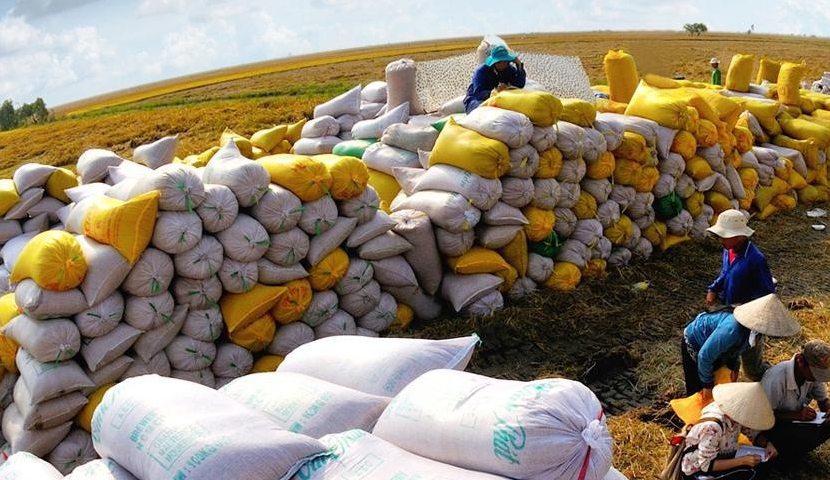
The fertile areas like the Mekong Delta and Red River Delta are ideal for growing rice. This abundance of rice production in Vietnam allows it to not only feed its population but also contribute significantly to the global rice market. Vietnam is expected to export over 8 million tons of rice this year, marking a 12% increase compared to 2022 while still meeting its domestic demand.
The “breadwinner” of families
Rice farming is really important for Vietnam's countryside. Many Vietnamese families work in rice farming, and it's their main way to make money. It also gives jobs to lots of people, especially in rural areas. The money farmers make from growing rice helps them take care of their families and make their farms better. This helps boost the economy.
3. Rice production in Vietnam: How Vietnamese grow rice?
Growing rice is an essential tradition in Vietnam that takes a lot of hard work and effort.
It starts with plowing fields using buffalo-drawn plows to get the soil ready. Then, farmers plant rice seedlings by hand in flooded fields, making neat rows. After many weeks, the rice plants make flowers and grains. When summer ends, farmers use sharp knives to cut the ripe rice stalks while standing in water.
After harvesting, farmers will dry the rice in the sun and remove the husk through a process called grinding. This leaves them with white rice grains that are ready to cook. Every part of the rice plant is used, from the roots to the grains. They even use the bran to make oil and the husks for fertilizer or fuel.
Nowadays, with the advance of technology, farmers are gradually using modern machines such as tractors and harvesters. This application helps farmers save a great amount of time & effort, and improve productivity.
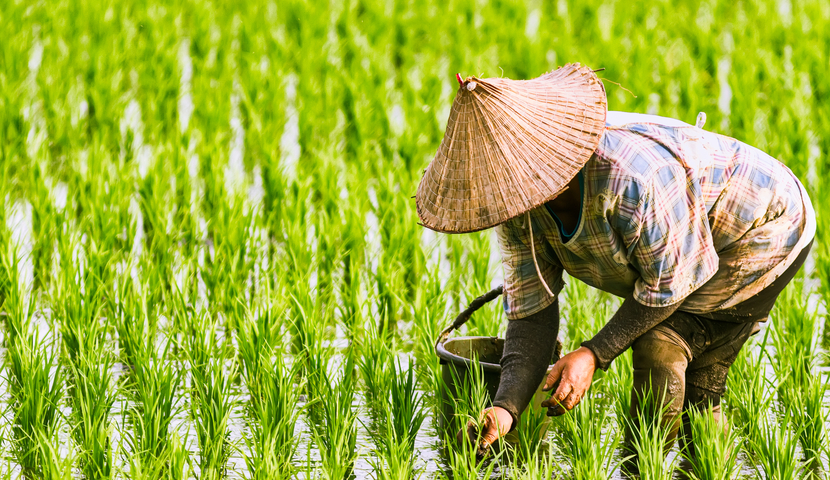
How to grow rice in Vietnam?
Rice is grown all over the country. In the South and Central areas, it's cultivated in flat fields, while in the upper regions, especially the north, you'll find it in terraced fields.
Terraced fields in Vietnam are like stunning staircases on mountainsides. The local people, with their bare hands, turned the hills into artwork. Places like Hoang Su Phi, Sapa, Bac Son, Pu Luong, and Mu Cang Chai are the best spots to admire them. And the best way to do it is by trekking through or skydiving in Mu Cang Chai.
Just like us, these rice fields also change over time. In April and May, during the water-pouring season, they look like a giant mirror. In September, it's harvest time, and they will have an attractive golden look. This stunning natural beauty has drawn both local and foreign visitors, making a significant contribution to the country's tourism industry and economy.
>> See more: Bac Son Valley – Northern Vietnam’s golden rice valley
4. Popular types of rice in Vietnam
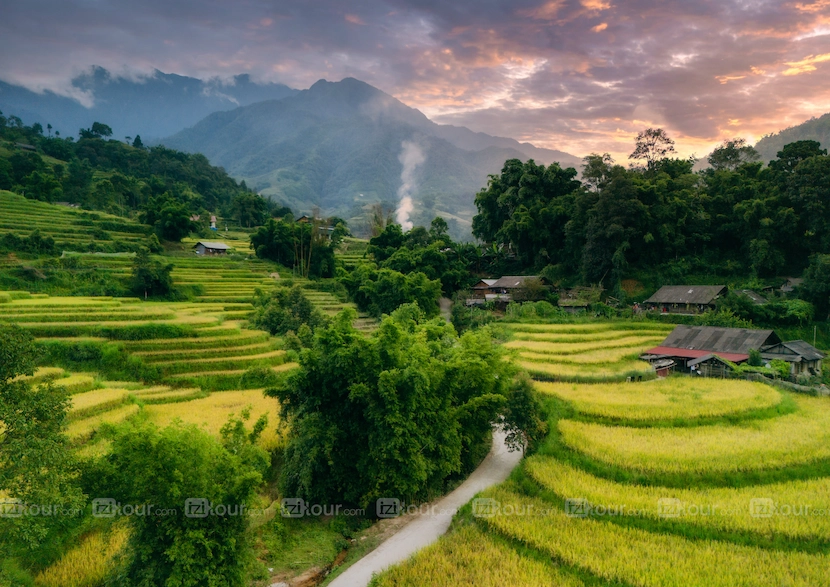
Vietnam's terraced fields
Vietnam is one of the world's top rice-exporting countries, producing many high-quality rice varieties. Some of the most popular types of good Vietnamese rice include:
Jasmine Rice: This aromatic long-grain rice has a floral aroma, and when cooked, it has a soft, sticky texture. Jasmine rice comes in brown and white varieties with slightly different nutritional profiles.
ST24 Rice: Grown in the Mekong Delta, this premium rice has long grains and gives off a pineapple-like fragrance. ST24 rice stays soft and fragrant even when cooled after cooking.
ST25 Rice: Similar to ST24, this rice variety has a sweet pineapple flavor and very sticky texture. It is high-yielding and easy to cultivate.
DT08 Rice: DT08 is a fragrant rice with medium grain size and bright white color. It has a soft and sticky texture perfect for dishes like rice porridge.
OM 5451 Rice: A cross between two Vietnamese rice varieties, OM 5451 is aromatic and does not dry out when cooked. It is affordable and suitable for large-scale food services.
KDM Rice: Also called Khao Dok Mali, this luxury long-grain rice grows near the Vietnam-Cambodia border. When cooked, it has a soft jasmine floral aroma.
>> See rice paddy field tours with real-time price: Highlight of the Northeast - 05 Days
In Vietnam, rice has been nourishing its people for centuries. More than just agriculture, it is the core of cuisine, community, and tradition. The cycle of rice reflects the cycle of life for Vietnamese people. They have perfected rice cultivation and preparation into an art form that expresses the depth of Vietnamese culture.
Whether it be fragrant jasmine rice at dinner, sweet snacks of sticky rice, or ceremonial rice dishes, rice provides sustenance and meaning. Rice is a symbol of life, fortune, and the resilient spirit of Vietnam.
If you have any more questions, feel free to let us know via email at [email protected] for instant support, free consultations, and the best quote/promotions.
Read more:
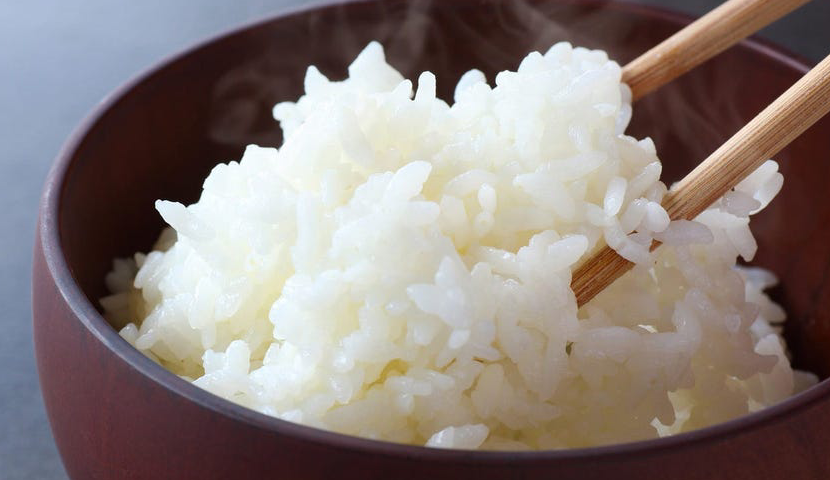







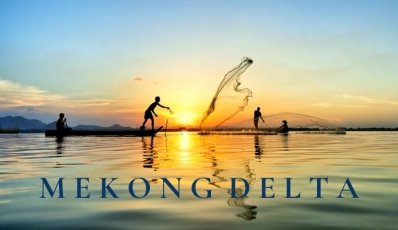
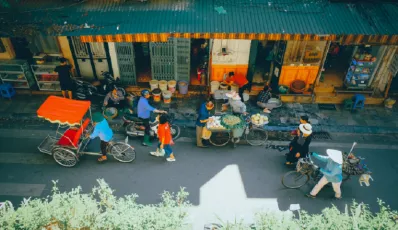
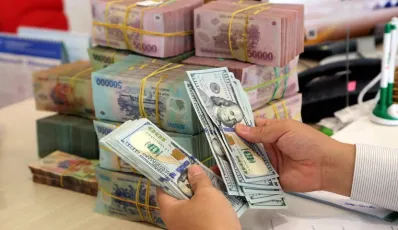
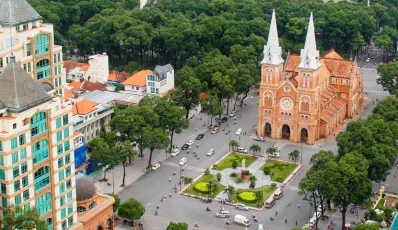


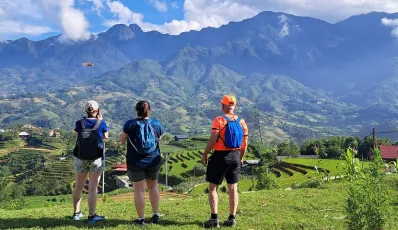
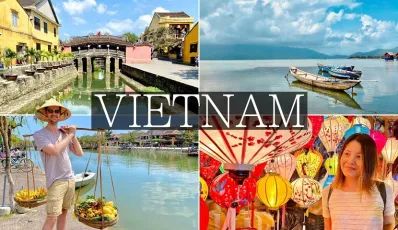
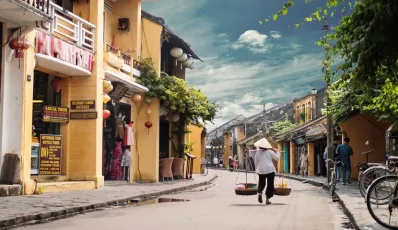
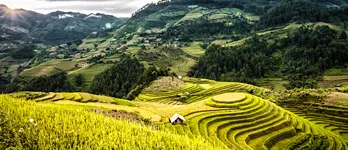
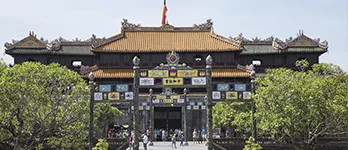
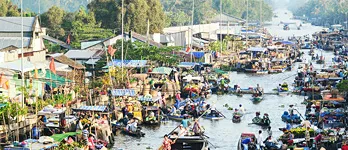

 TRAVELERS' CHOICE 2025
TRAVELERS' CHOICE 2025 